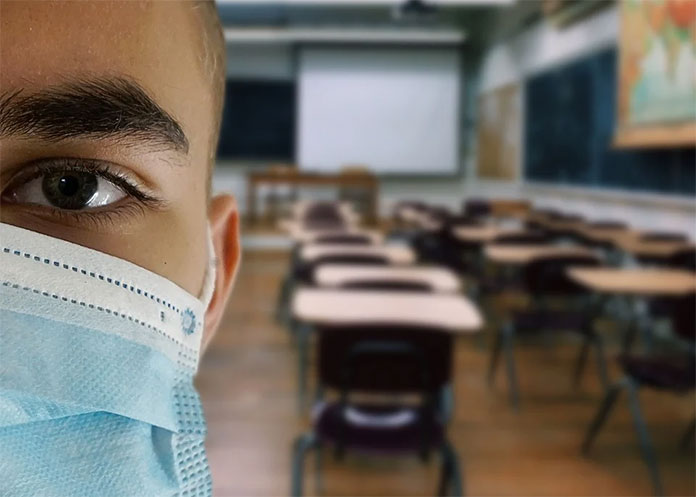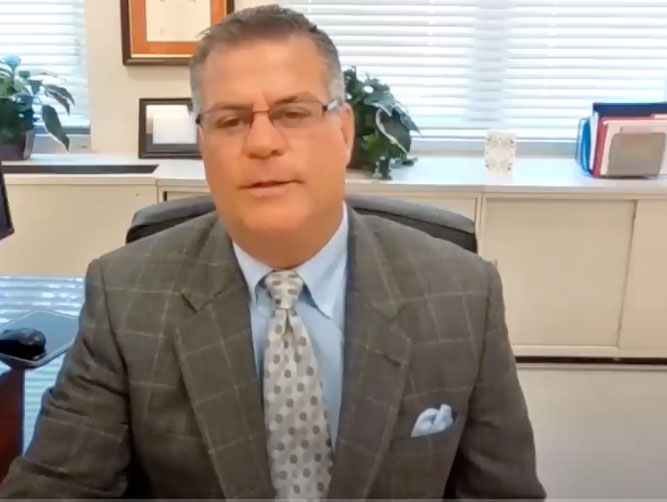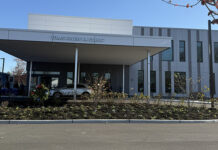
BRICK – The new school year, which began on September 8, brings “hope and promise, as well as challenges and concerns,” said superintendent of schools Dr. Thomas Farrell during the first in-person Board of Education meeting held in seven months.
Attendance was limited to a total of 25 people for the September 24 meeting, which meant that only 10 members of the public could attend since there are 15 board members and school officials.
“Obviously this is not a normal school year opening, and we will have to adapt to our now-normal,” Farrell said. “It literally took months of planning to craft a new instructional model that met state and (Centers for Disease Control and Prevention) guidelines.”
Brick is providing a flexible model of both in-person and virtual instruction, making it easier to “shift back seamlessly into our buildings, or go all-remote, if need be,” he said.
Dr. Farrell said he believes that not opening the schools would have dire repercussions, as stated by the NJ Department of Education.

“In-person instruction provides students with academic, social, emotional and mental health supports that cannot be provided with the same level of efficacy in a remote setting,” he read.
While remote learning is not a substitute for in-person delivery of instruction, the model being used by the district enables the remote learners to become an active part of the learning community, he said.
“We know that this isn’t easy or comfortable for anyone,” Dr. Farrell said. “Everyone longs for a return to normalcy.”
The district devoted the first two weeks of school to safety protocols and procedures, cultivating relationships, establishing routines and the distribution of materials, including over 7,000 devices, he said.
Teachers phased in the virtual live lessons in order to build “screen endurance” for the youngest students.
Virtual learning has been customized, based upon the developmental needs of the students.
Their grade level and maturity level drives the amount of time students are expected to be online, the superintendent said.

Students are learning how to follow a daily schedule and when and how to log onto their Google classrooms. The youngest students are learning “tech skills” that will develop a lifetime of learning, Dr. Farrell said.
“Students are learning that the virtual classroom is an extension of our brick-and-mortar classroom, and that the school rules apply to this virtual space,” he said. “Our virtual classroom is a protected and private space.”
Technology does not replace good teaching, but it is a tool to deliver instruction to support learning. Appropriate use of this technology in the hands of the district’s teachers can be “transformational,” Dr. Farrell said.
“Please understand that technology skills vary by teacher, grade level and content,” he said. “At the core of this instructional technology paradigm is effective parent-teacher communication, so we encourage parents to communicate with their child’s teacher if you have any questions and/or concerns.”
The first three weeks of school had a good start, the superintendent said, for what will be a historic and challenging school year.
The next Board of Education meeting will be on Thursday October 15 at 7 p.m., which will be held at the Professional Development Center at the Veterans Complex.






